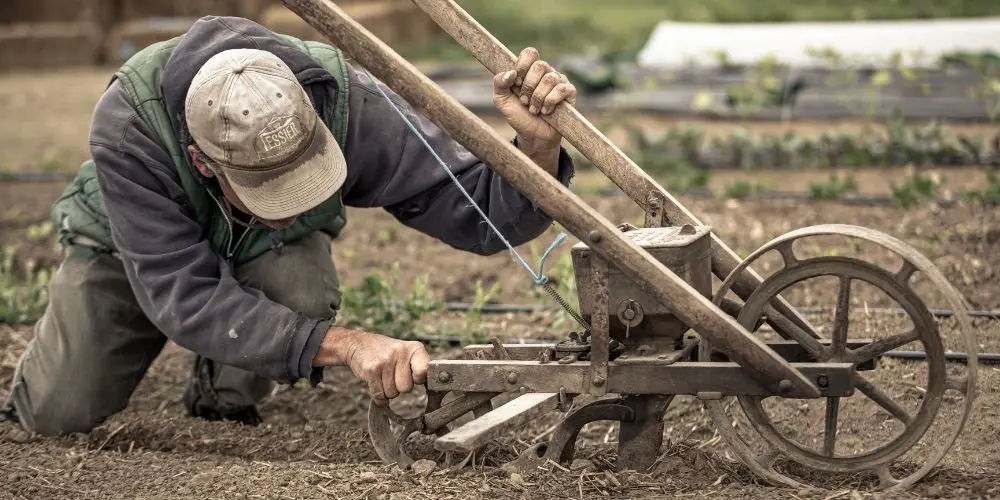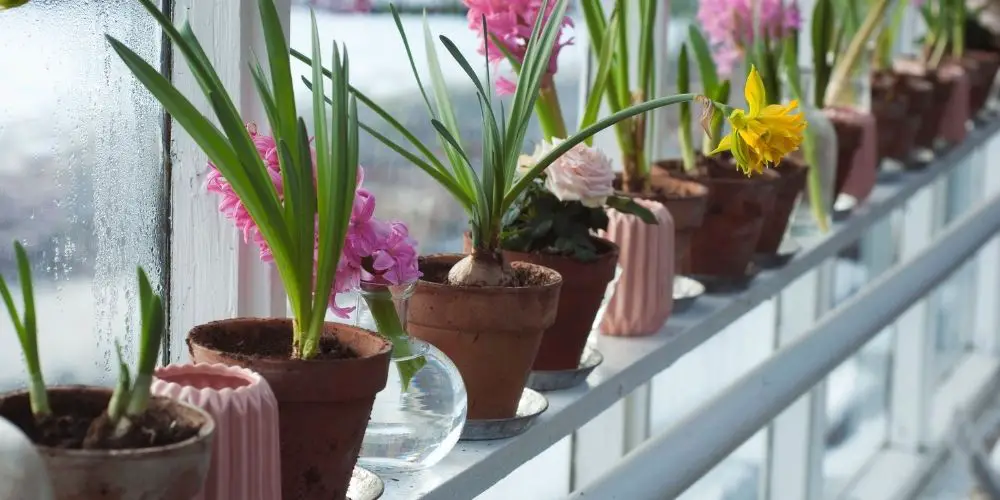Although water is considered to be essential for life, too much of it can cause unrepairable damage to plants. Hydrangeas, just like any other plants, need water; although this shrub can tolerate more moisture content than other related shrubs, overwatering it may cause the whole plant to wilt and eventually die.
Hydrangeas are a wonderful plant to have in your garden. With many different colors from pink to blue to purple to blushing white, they are a great addition to any garden and can be easy to maintain with the right tools and know-how. Having the right knowledge on how to water these plants without the risk of overwatering them will ensure that your home garden is thriving with these plants.
Below are tips on how to water your hydrangeas plants, reducing the risk of overwatering them, how to identify an overwatered hydrangea and how to salvage these plants after overwatering effectively.
Advertisement –Tips on how to easily identified an overwatered Hydrangea plant
Quick identification of an overwatered Hydrangea plant will help you reverse the damage if it’s not too extensive. Below are the things that can point out an overwatered Hydrangeas
- Leaf color change: If you notice yellowing and browning off the plant’s leaves, then it’s a sure sign that you have been overwatering it. This is because an overwatered plant will have its leaves pulpy and marshy, whereas an under watered plant will have its leaves dry and crackly.
- Root rot: This is not an obvious sign to tell, though an unpleasant smell may give you a hint that your hydrangeas roots are rotting due to overwatering.
- Stunted growth: If your plant has not dried up but has not increased in size, then you should suspect an overwatering problem.
- Dropping of leaves: When both the young and the old leaves start dropping but your plant has not dried up, then it’s a tell-tale sign that you have overwatered your plant.
- Mold growth: Molds are fungi that thrive well in very wet conditions or soil. If you notice an increased growth of mold around your hydrangeas, then you should consider the possibility of an overly watered plant.
How to water your hydrangeas plants
Watering your hydrangea plants can be a bit tricky, especially if you are a novice when it comes to gardening. Here are some factors that determine the amount of water your hydrangea needs:
- Season: Hot seasons mean more transpiration hence more water is needed, unlike cold seasons where transpiration rates are slow.
- Type of soil: Fast-draining soils require more water than slow-draining soils.
- Size of plant: The bigger the plant, the more water it will need.

Tips on how you can water your hydrangeas without the risk of overwatering them
- Create a watering schedule and make sure you stick to it
- At least water your hydrangeas twice or three times per week. Adjust the number of times you water them depending on the season
- Practice deep watering
- Only water your Hydrangeas when the soil is dry. Check if the soil is dry by pushing in at least 2 inches deep into the soil to check on the moisture content
- Water evenly at all the corners of the soil to ensure even water distribution, thus promoting maximal growth.
- Avoid watering the leaves and flowers.
Tips on how to salvage an overwatered Hydrangea
If you are quick to notice the damage and act on the overwatered plant before extensive damage occurs, the chances are that you will have your plant revert to its normal state in no time. Below are tips on how you can revive an overwatered plant.
- Re-pot your plant or uproot it
- Carefully examine the extent of the rotting on its root
- Using garden pruning scissors, carefully prune the rotten roots
- Carefully prune off the damaged leaves
- Let the plant dry for at least 10-15 minutes, place it in a warm but shady place.
- Relocate your plant to an area that receives morning sun and evening shade
- If you decide to replant it in a pot, choose a non-porous pot with good drainage
- Add fertilizer to the soil when you replant your hydrangeas
- Use a fungicide to keep fungi infections at bay
- Immediately water your hydrangea after transplanting it to prevent it from going into transplant shock
Conclusion
Planting and maintaining Hydrangeas may seem like a hard endeavor, but with the tips above, you’ll be able to master it in no time! Always ensure you water your hydrangea plants with the right amounts of water during daytime and never at night for a thriving garden full of healthy Hydrangea flowers.















